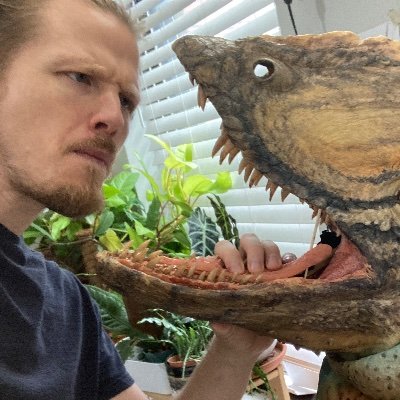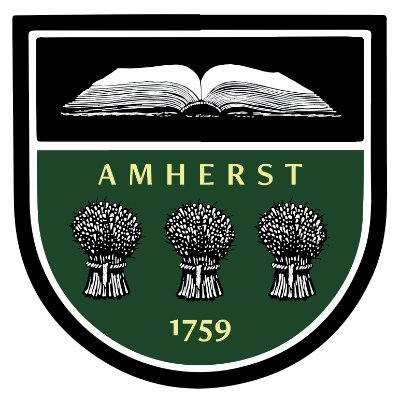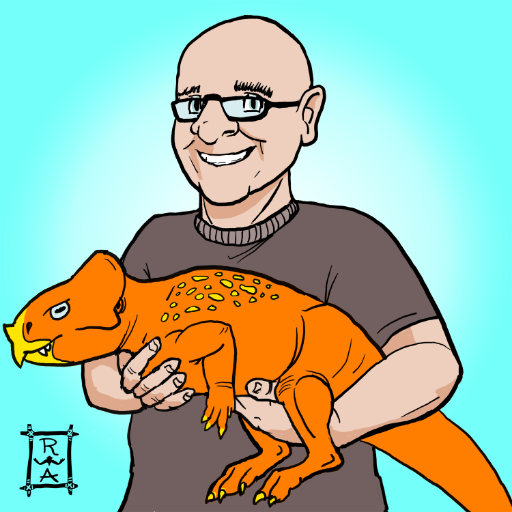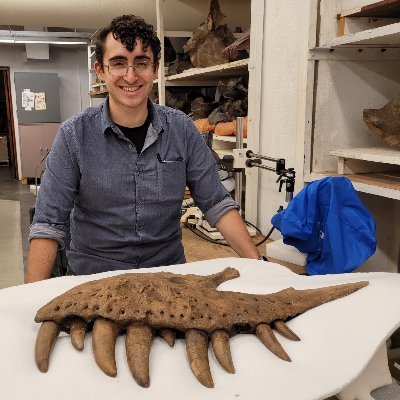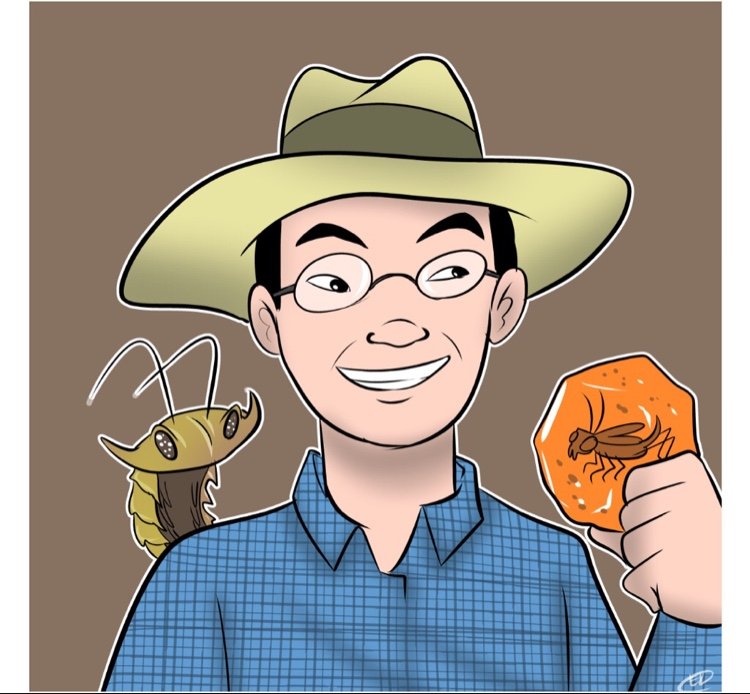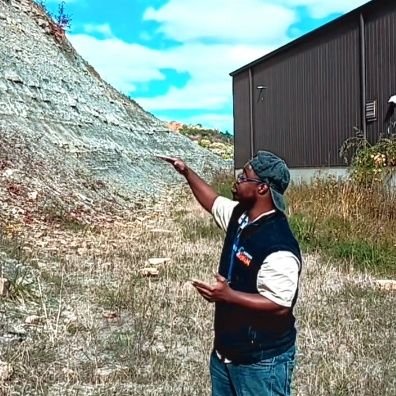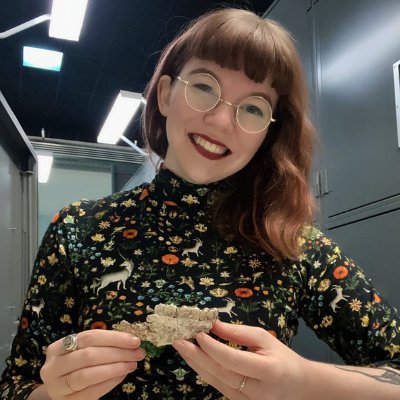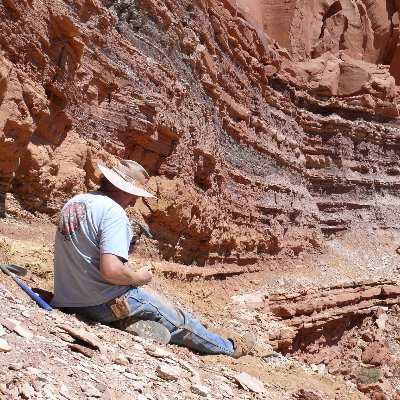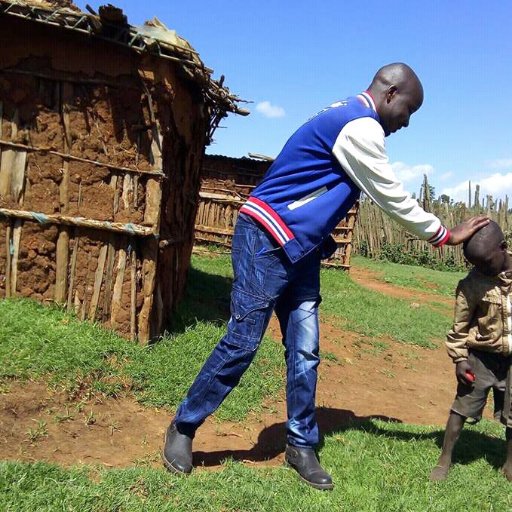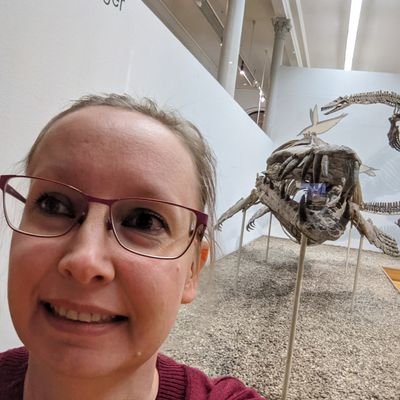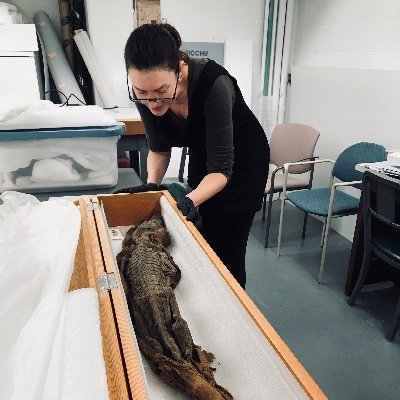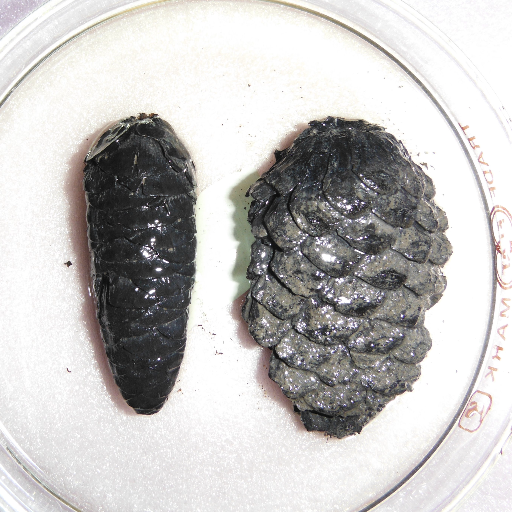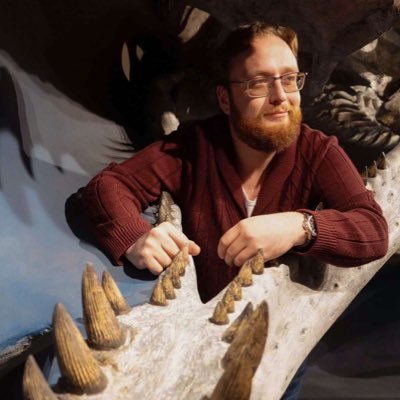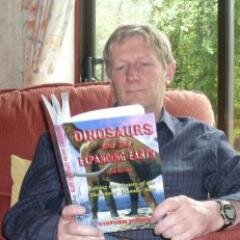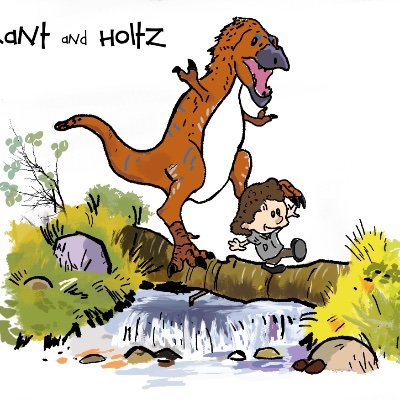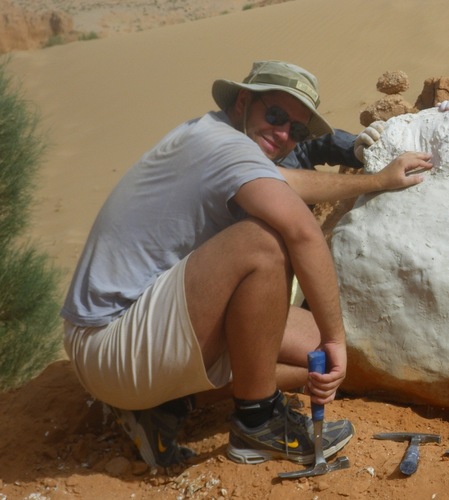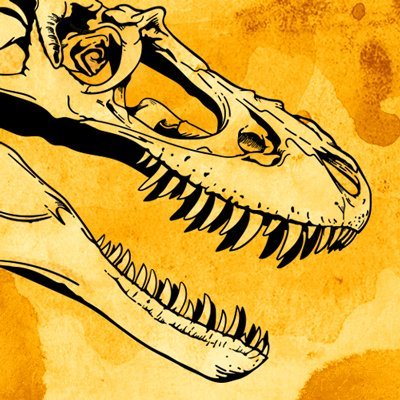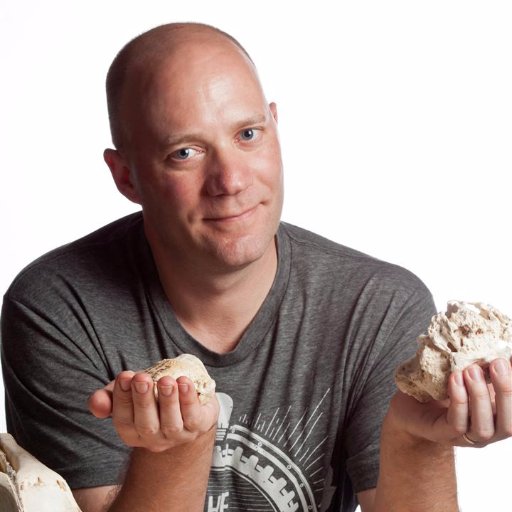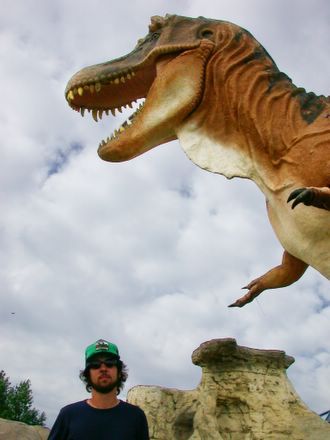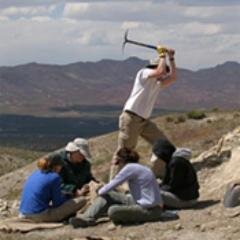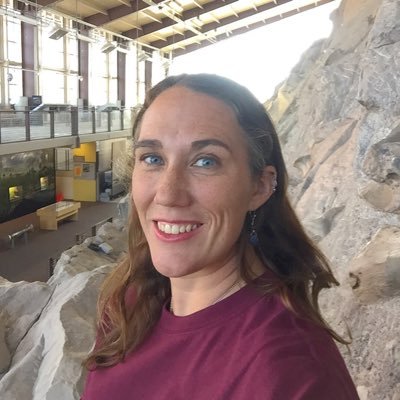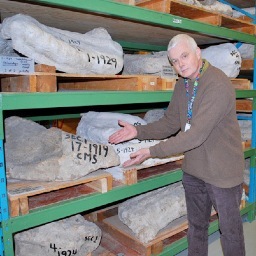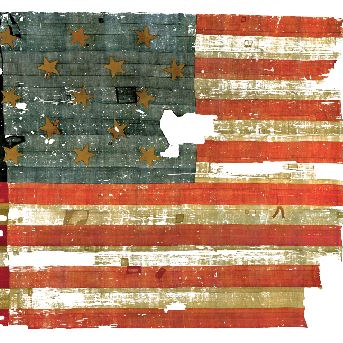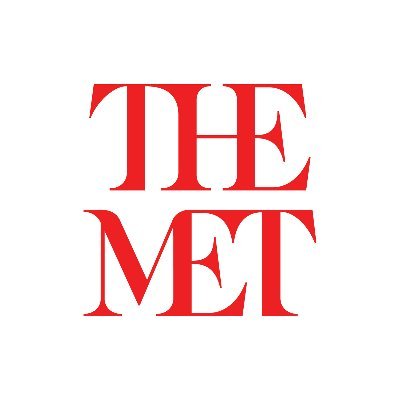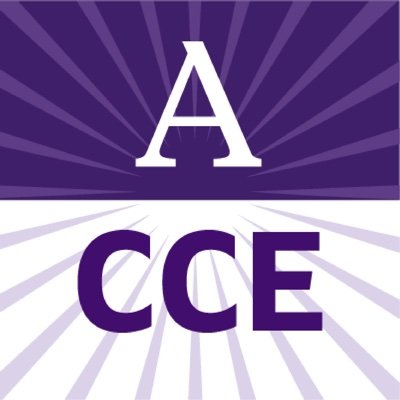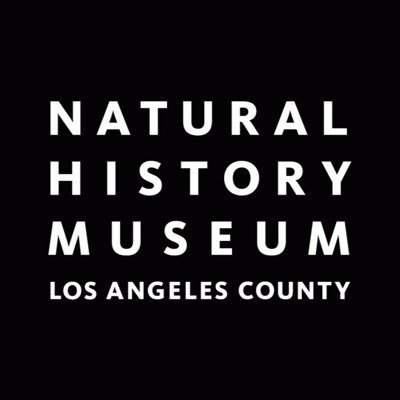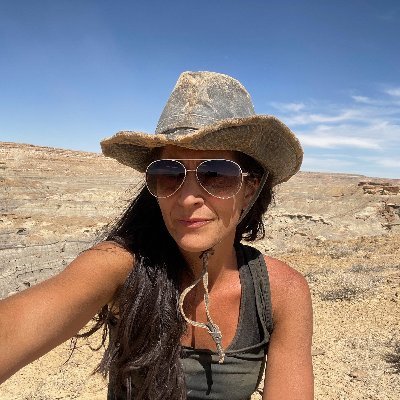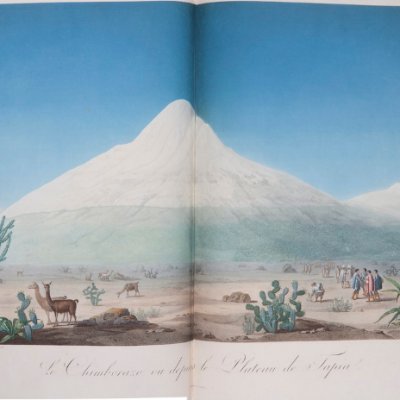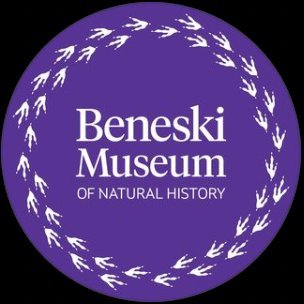
Beneski Museum of Natural History
@BeneskiMuseumBeneski Museum Home of Bebu the Mammoth. https://t.co/IDRewh5L7s
Similar User

@BristolPalaeo

@DickinsonMuseum

@MarianaDGiacomo

@Jestle

@PalaeoPittman

@Vert_Anatomist

@FossilTurtles

@Tseng_ZJ

@nafamoso_paleo

@PaleoStu

@SirJoscha

@UglyFossils

@Brown_Caleb_M

@HarvardMANE

@LaraSciscio
This dire wolf, which dates back about 40,000 years, is likely an example of a very social animal. These wolves probably hunted in packs to prey on horses, camels, deer, and bison! #ThrowbackThursday

Notice the five fold radial symmetry of these two echinoderms? These echinoderms are brittlestars, predators with five long, thin, flexible arms. #WeirdWednesday


Which vibrant yellow mineral is your favorite? Comment below and let us know! #TriviaTuesday 💛 a. Wulfenite b. Adamite c. Wavellite



Oxide minerals, such as those featured below, have one or more metals bonded with oxygen, and often have relatively high symmetry. #MineralMonday


This siltstone was found in Massachusetts and contains invertebrate burrows from 190 million years ago! #WesternMass Weekend

Edward Hitchcock Jr. collected many of the Native American artifacts that were displayed in the “Gilbert Museum of Indian Relics” and later in the Appleton Cabinet. #ShoutoutSaturday

What dinosaur track prints are commonly found in the valley? If you said Brontozoids, you guessed right! Featured below is a Brontozoid with the classic theropod form: Three pointy, forward-facing toes. #FossilFriday

This saber-toothed cat, which looks similar to the skeleton of a modern African lion, dates back about 40,000 years. Its teeth that extend about 18 centimeters beyond the lower jaw made it an effective hunter. #ThrowbackThursday

Bivalves are an important and highly diverse filter-feeding mollusks with compressed bodies enclosed in a shell. The two bivalves featured below are from the Cretaceous about 90 million years ago! #WeirdWednesday


The answer from last week was 540-400 Ma! Next question: Which blue mineral is your favorite? Tell us down in the comments! #TriviaTuesday 💙 a. Azurite & Malachite b. Fluorite c. Lazurite d. Scorzalite




Did you know that Microclines can come in various colors: White, pink, and salmon red? The light green Microcline we have on display is rarer, resulting from iron impurities. The more you know! #MineralMonday


This painting shows how Amherst would have looked in the Early Jurassic period—the mountains in the distance would be the early Pelham Hills and the close up lava would be the origin of the Holyoke Range. You can see these mountains from campus today! #WesternMass Weekend

H.H. Ninninger contributed many of the meteorites in our collection, many of which were found in Colorado! #ShoutoutSaturday

What's so special about dinosaurs' eggs? Dinosaur eggs provide a great deal of information on how dinosaurs developed! On occasion, dinosaur embryos have been fossilized inside the egg. Featured below are egg casts from Citipati about 75 million years ago! #FossilFriday

This meteorite fell on July 6th, 1924 in Weld County, Colorado, and was possibly ejected from deep within the asteroid 4 Vesta. #ThrowbackThursday

IDENTIFY IT DAY 2024 SUNDAY NOV. 10 (1PM-3PM) People of all ages are invited to bring natural objects — such as fossils, rocks, minerals and bones to the Beneski Museum. Experts in paleontology and geology will help visitors understand what each object is. FREE

Did you know the Necturus Salamander, that still lives today, is semi aquatic as an adult? It maintains a long vertebral column for sinuous swimming, smaller limbs, and external gills! #WeirdWednesday

The answer from last week was Placoderms! Next question: When did shallow seas cover the region that is now New England and New York State?Stay tuned for next Tuesday to reveal the answer! #TriviaTuesday a. 600-670 Ma b. 300-360 Ma c. 540-400 Ma d. 800-890 Ma
Happy November! If you were born this month, your birthstone would be Topaz! Topaz is a silicate mineral that comes in every color of the rainbow. The more you know! #MineralMonday


This varved clay is a piece of sedimentary rock that was found in Deerfield, MA! It dates back to the Pleistocene 15,000 years ago, which was during glacial retreat in this region. #WesternMass Weekend

United States Trends
- 1. #FridayVibes 6.120 posts
- 2. $MAD 5.417 posts
- 3. Good Friday 60,8 B posts
- 4. #NoMikeRogers 12,8 B posts
- 5. CONGRATULATIONS JIMIN 288 B posts
- 6. #FridayMotivation 10,3 B posts
- 7. Pam Bondi 310 B posts
- 8. Happy Friyay 2.535 posts
- 9. #FridayFeeling 3.192 posts
- 10. #KashOnly 67,4 B posts
- 11. Memefi 34,5 B posts
- 12. Finally Friday 3.109 posts
- 13. Jameis 68,4 B posts
- 14. Mnet 402 B posts
- 15. Donny Dough N/A
- 16. Chris Brown 29,4 B posts
- 17. Randle 7.183 posts
- 18. CONGRATULATIONS JUNGKOOK 102 B posts
- 19. Kang 35,5 B posts
- 20. President John F. Kennedy 6.499 posts
Who to follow
-
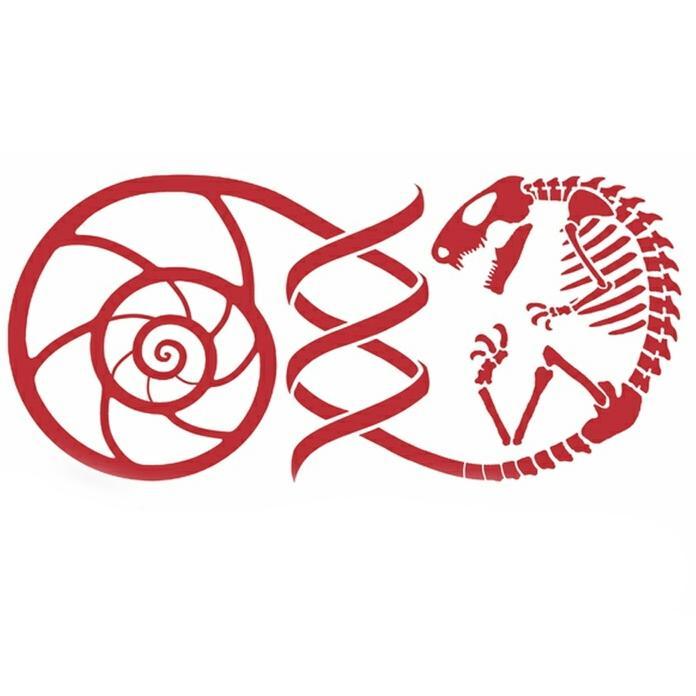 UoB Palaeobiology
UoB Palaeobiology
@BristolPalaeo -
 Emily Dickinson Museum
Emily Dickinson Museum
@DickinsonMuseum -
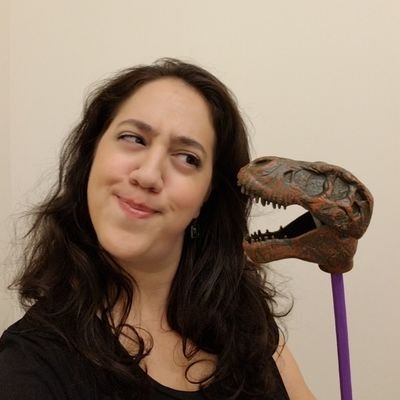 Dr. Mariana Di Giacomo
Dr. Mariana Di Giacomo
@MarianaDGiacomo -
 Dr. Jessica Lawrence Wujek
Dr. Jessica Lawrence Wujek
@Jestle -
 Michael Pittman
Michael Pittman
@PalaeoPittman -
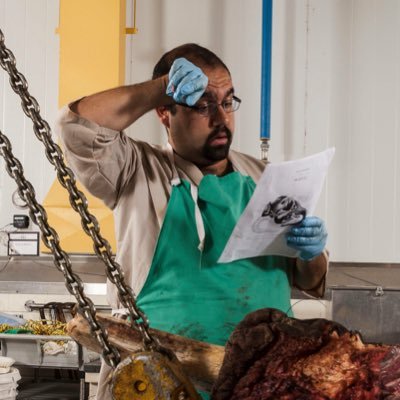 Ali Nabavizadeh 🐘🦕
Ali Nabavizadeh 🐘🦕
@Vert_Anatomist -
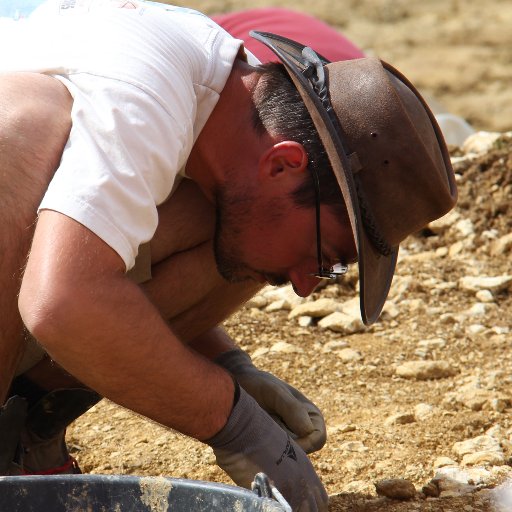 Jérémy Anquetin
Jérémy Anquetin
@FossilTurtles -
 Z. Jack Tseng
Z. Jack Tseng
@Tseng_ZJ -
 Nick Famoso, Ph.D.
Nick Famoso, Ph.D.
@nafamoso_paleo -
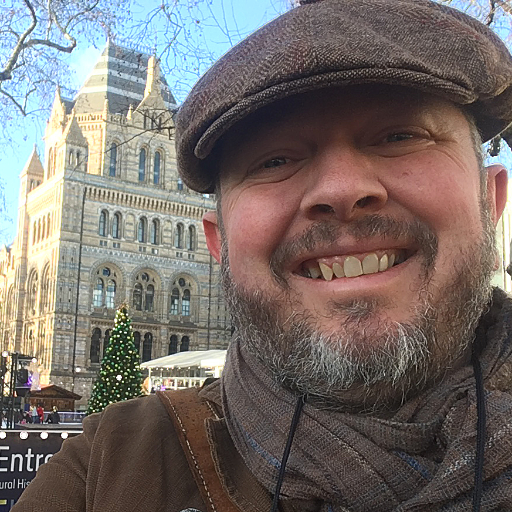 Stu Pond
Stu Pond
@PaleoStu -
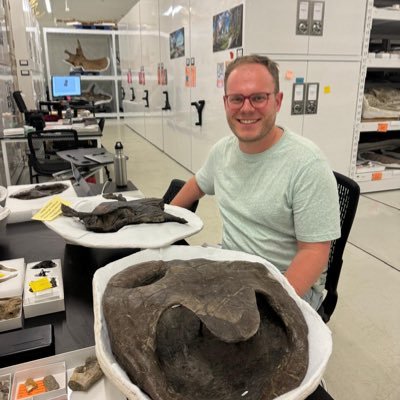 Serjoscha Evers
Serjoscha Evers
@SirJoscha -
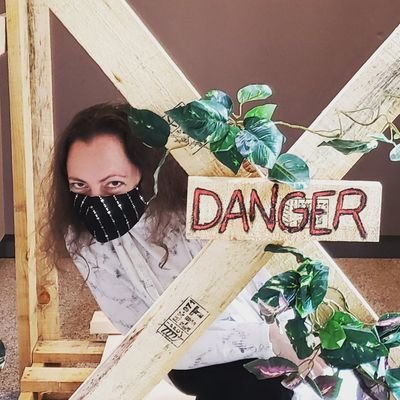 Stephanie Drumheller
Stephanie Drumheller
@UglyFossils -
 Caleb M. Brown
Caleb M. Brown
@Brown_Caleb_M -
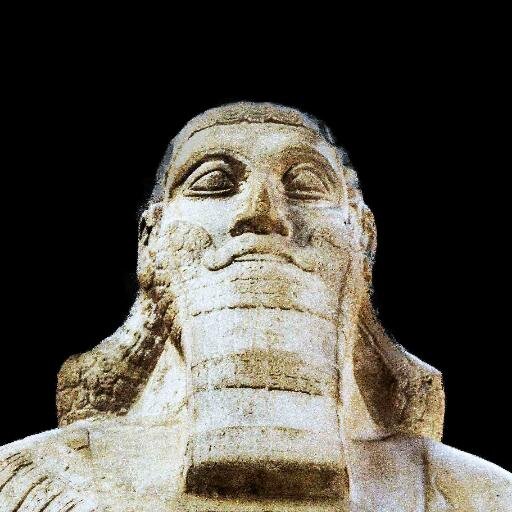 Harvard Museum of the Ancient Near East (HMANE)
Harvard Museum of the Ancient Near East (HMANE)
@HarvardMANE -
 Dr. Lara Sciscio
Dr. Lara Sciscio
@LaraSciscio
Something went wrong.
Something went wrong.




